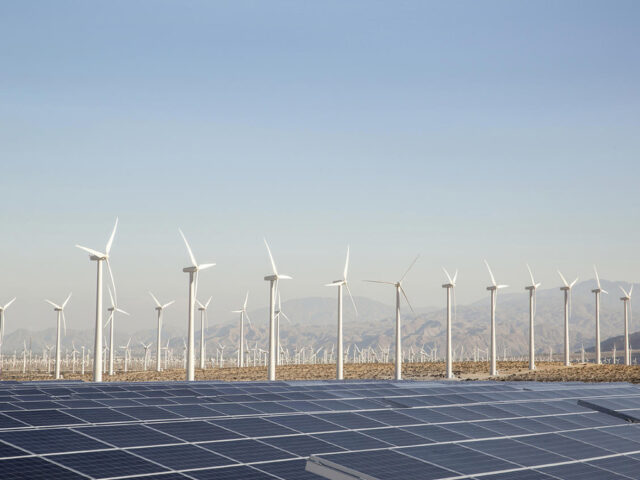So says Special Assistant on Petroleum, Nadeem Babar for how the government is pursuing the renewable energy focus for energy security over the next 25 years. While it might be too early gauge the possibility of the likelihood, let’s look at the salient features of the new renewable policy, where pitfalls will be taken up later in this space. In ideal situation where all goes according to the latest approved Renewable Energy Policy 2019 Pakistan will have around 60 percent of its energy generation through renewable resources.

Credit should be given where due; for the first time, government is seen pursuing renewable energy focus in its overall energy policy, and for the right reasons. Fossil fuels are losing their charm amid climate change worries. The approval of Renewable Policy 2019 is a step in that direction.
A key features of what is being considered as a flagship policy of the current government is the replacement of cost plus and upfront tariff determination, with competitive bidding where everything will be determined through open transparent tendering.
Secondly, the focus of the policy is on reducing the cost of energy in the long term. For that targets have been introduced where renewable energy inducted in the system will be 20 percent and 30 percent by 2020, and 2030, respectively. This does not include hydel power generation. Along with hydel power, the share of renewable is reported to go up to 52 percent by 2025, and to 63 percent by 2030.
Another key feature of the policy that has not caught much attention is that apart from focusing on renewable energy resources like solar, wind bagasse, it also focuses on the incentives for the manufacturing of the equipment and machinery for these renewable energy plants in Pakistan.
The policy has also steered away from the old practice of a sponsor choosing his site, fuel and cost, which resulted in huge costs for setting up transmission lines in areas of the new plants. The government will now be focusing on identifying points where there is a need in order to cut down on this cost and exhausting all points before it takes on transmission up-gradation.





















Comments
Comments are closed.